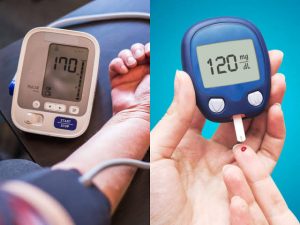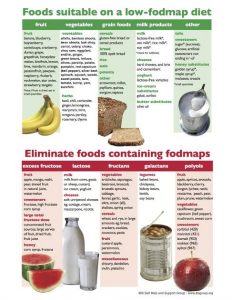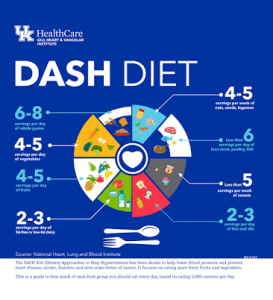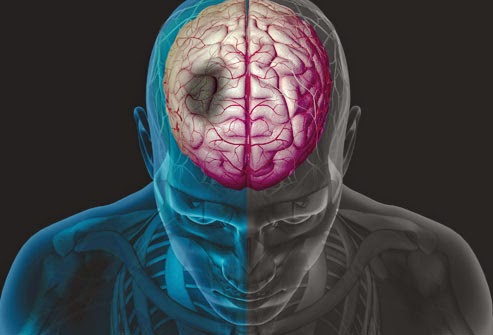OVERVIEW
The prevalence for stroke In Nigeria is at 1.14 per 1000 people currently.
Stroke occurs when the blood flow to the brain is blocked or totally cut off. When this happens, the brain gets little or no oxygen and nutrients.
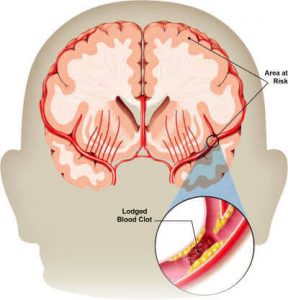
A stroke is a medical emergency which can cause lasting brain damage, long term disability and/or even death.
A stroke can also be termed ‘cerebrovascular accident’.
Strokes are preventable and can be managed.
WHAT CAN POSSIBLY CAUSE A STROKE?
Based on their causative mechanism, strokes are of two types:
1. Ischaemic stroke
2. Hemorrhagic stroke
– ISCHAEMIC STROKE: this stroke occurs when there is blockage of a blood vessel by a blood clot( embolus) thereby restricting the flow of blood to the brain.
Other factors like plaque build up (by excess fatty acids) and chronic inflammation might lead to ischaemic stroke.
– HAEMORHAGIC STROKE: sudden bleeding in the brain can lead to haemorhagic stroke. Bleeding happens when an artery in or on top of the brain bursts open (aneurysm). The leaked blood can cause the brain to swell thereby putting pressure on the brain and damaging brain cells.
AM I AT RISK OF DEVELOPING A STROKE?
There are risk factors that could lead to a stroke if not paid attention to and they include:
– High blood pressure
– Diabetes
– Heart and blood vessel diseases
– High LDL and cholesterol levels
– Viral infections
– Age
– Sex
– Race and ethnicity
– Family history and genetics
– Smoking.
– Anxiety
– Overweight and obesity,
– Overconsumption of alcohol, using illegal drugs, irregular physical activities, just to mention but a few.
WHAT ARE THE POSSIBLE SIGNS TO WATCH OUT FOR?
Signs and symptoms always appear almost quickly. The type of symptom depends on the type of stroke and the area of the stroke affected.
– Sudden numbness or weakness, especially on one side of the body
– Sudden confusion or trouble speaking
– Sudden trouble walking, dizziness or loss of balance
– Sudden severe headache with known cause
The FAST test is also a good way to identify a stroke
– FACE: ask the person to smile, does one side of the face drop?
– ARMS: ask the person to raise both arms, does one arm seem to be drifting downwards?
– SPEECH: ask the person to repeat a single phrase or speech and watch if their speech is slurred.
– TIME: once you notice any of these, take it as an emergency, get medical help.
COMPLICATIONS
Apart from numbness or weakness of one part of the body or even both parts, a stroke comes with a handful of complications which includes:
1. Loss of bladder or bowel control
2. Loss of bone density or strength
3. Loss of vision
4. Muscle weakness
5. Problem with language
6. Seizures
DIAGNOSIS
Strokes can be diagnosed by medical practitioners through computed tomography (CT SCAN), Magnetic resonance imaging and other imaging tests to look for narrowed vessels in the neck or an aneurysm.
WHAT ARE THE TREATMENT OPTIONS FOR A STROKE PATIENT?
Medicines called anticoagulants or blood thinners might be given by your doctor or procedures like thrombectomy might be performed ( it is used to remove the blood clot blocking your blood vessels).
DOES DIET PLAY ANY ROLE FOR POSSIBLE PREVENTION OF A STROKE ?
Some lifestyles and habits must be eschewed to help prevent a stroke and they include:
– Reduce salt intake to about 1500mg especially if you have a history of hypertension.
– Add more polyunsaturated and monounsaturated sources of fat. Examples include nuts, avocadoes etc
– Shun transfat from refined and processed foods
– Quit smoking
– Stay active
– Moderation on alcoholic drinks
– Manage diabetes well if present
– You can adhere to a DASH diet if you know you are hypertensive or have a history
– Consumption of potassium rich food has been noticed to help prevent against a stroke. Examples of potassium rich food includes banana, potatoes, nuts etc.
TAKE HOME
Strokes develop suddenly most times without prior warning. As much as you can, make sure you maintain a healthy lifestyle so you can prevent the onset of stroke.
REFERENCES:
• ttps://www.gmjournal.co.uk/nutritional-management-of-stroke
• https://www.health.harvard.edu/diseases-and-conditions/tomatoes-and-stroke-protection
• https://www.nhlbi.nih.gov/health-topics/stroke


